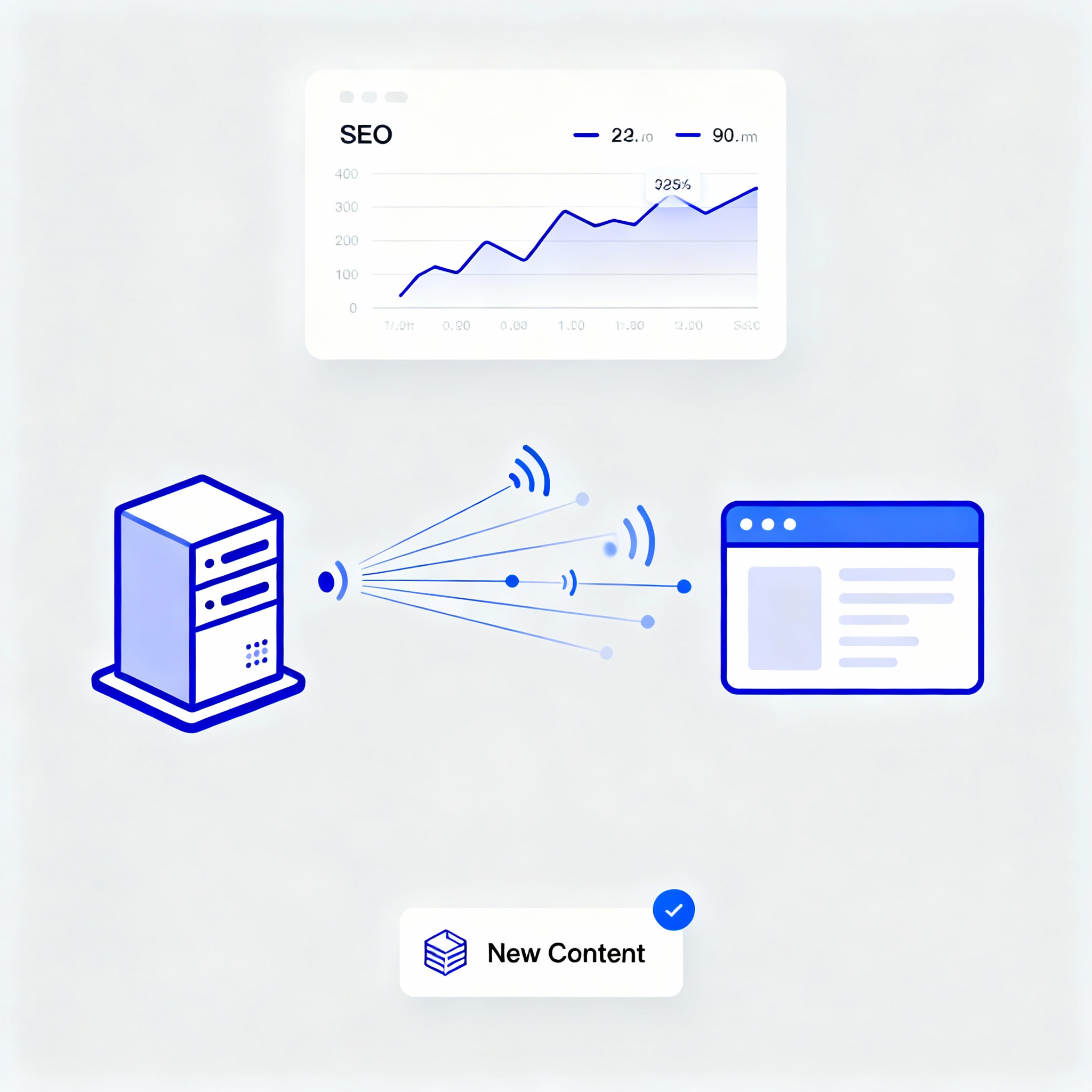
Ping
Created on 19 October, 2025 • Checker tools • 28 views • 2 minutes read
Ping, in both networking and SEO contexts, is a simple yet essential tool for website visibility and performance
Ping, in both networking and SEO contexts, is a simple yet essential tool for website visibility and performance. While most people recognize it as a command-line utility for testing server connectivity, “ping” in SEO refers to notifying search engines, directories, or aggregators about new or updated content—prompting rapid crawling and indexing.
What Is Ping?
Networking vs. SEO Ping
In networking, a ping sends packets to a server and measures the response time, verifying uptime and ensuring reliable connections. In SEO, “pinging” is submitting your website’s URL to specialized services, alerting search engines and other platforms that new pages, blog posts, or backlinks exist and should be crawled and indexed.
SEO Value of Ping
How Ping Works for SEO
- Crawling Accelerator: Ping submission sites like Pingomatic notify Google, Bing, and others about your fresh content. This can speed up crawling and sometimes subsequent indexing—especially for news blogs and time-sensitive promotions.
- Backlink Recognition: When you earn new backlinks, pinging indexed pages can accelerate search engine awareness, improving the transfer of link equity and site authority.
- Timely Updates: Rapid notification ensures search bots see updated posts, prices, reviews, or offers sooner, supporting agile content strategies and SERP relevance.
Direct and Indirect Impact
- Visibility Boost: Pinging increases the odds that Google and other engines discover your content quickly, helping new posts rank for trending or time-sensitive queries.
- Cost-Effective & Automated: Many web platforms (WordPress, etc.) automate pings; manual ping services are free or low cost and require minimal effort.
Best Practices and Risks
How to Use Ping Wisely
- Quality Over Quantity: Only ping genuinely new or significant updates. Over-pinging can be seen as spammy, resulting in search engine penalties or algorithmic downgrades.
- Combine with Content Quality: Google’s current algorithms prioritize high-quality, relevant content. Ping only supplements strong SEO and should not replace content, keyword, and link building strategies.
- Monitor for Slowdowns: Network pinging can also be used to monitor site speed and uptime—slow response times hurt SEO and user experience.
Ping in Affiliate & E-commerce
- Affiliate marketers and online retailers use pinging to ensure new promotional content, deals, or reviews are indexed swiftly. This boosts campaign ROI by aligning with trending topics and seasonal launches.
Technical and User Experience Effects
- Ping Monitoring: On the technical side, traditional networking ping tools help diagnose connectivity issues, allowing you to optimize infrastructure for user experience and SEO.
- Metrics Tracking: Enhanced monitoring means slow pages or downtime get flagged instantly, ensuring site reliability and higher rankings over time.
Conclusion
Ping is both a diagnostic and discovery tool, vital for getting new content noticed and optimizing technical foundations behind a site. Used wisely, SEO pinging accelerates content discovery and supports rapid indexing, while network pinging protects site uptime—underpinning a robust, competitive, and search-friendly web presence.
Popular posts
-
GIF to BMPImage Manipulation tools • 353 views
-
GIF to WEBPImage Manipulation tools • 256 views
-
GIF-to-PNGImage Manipulation tools • 190 views
-
SHA-3/512 generatorConverter tools • 152 views
-
GIF to JPGImage Manipulation tools • 122 views